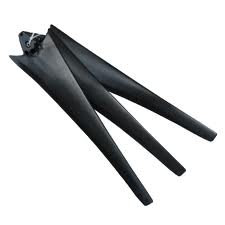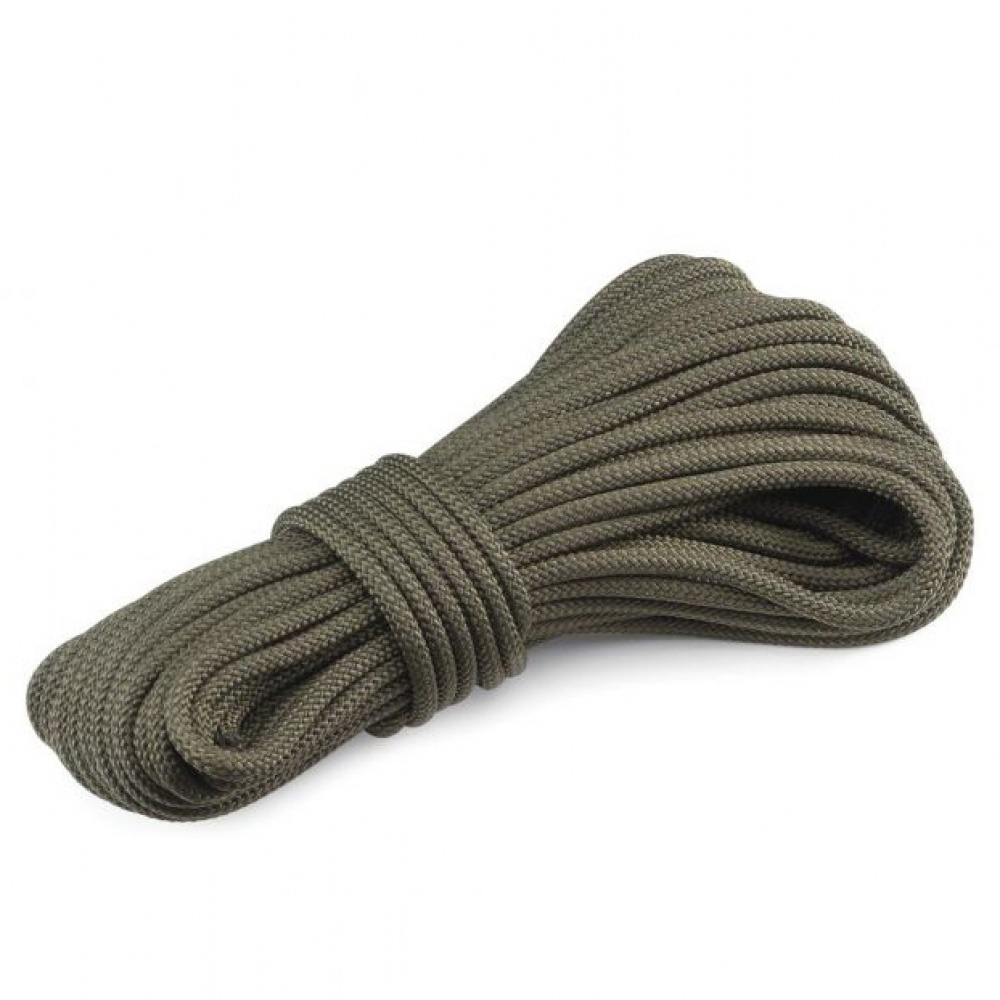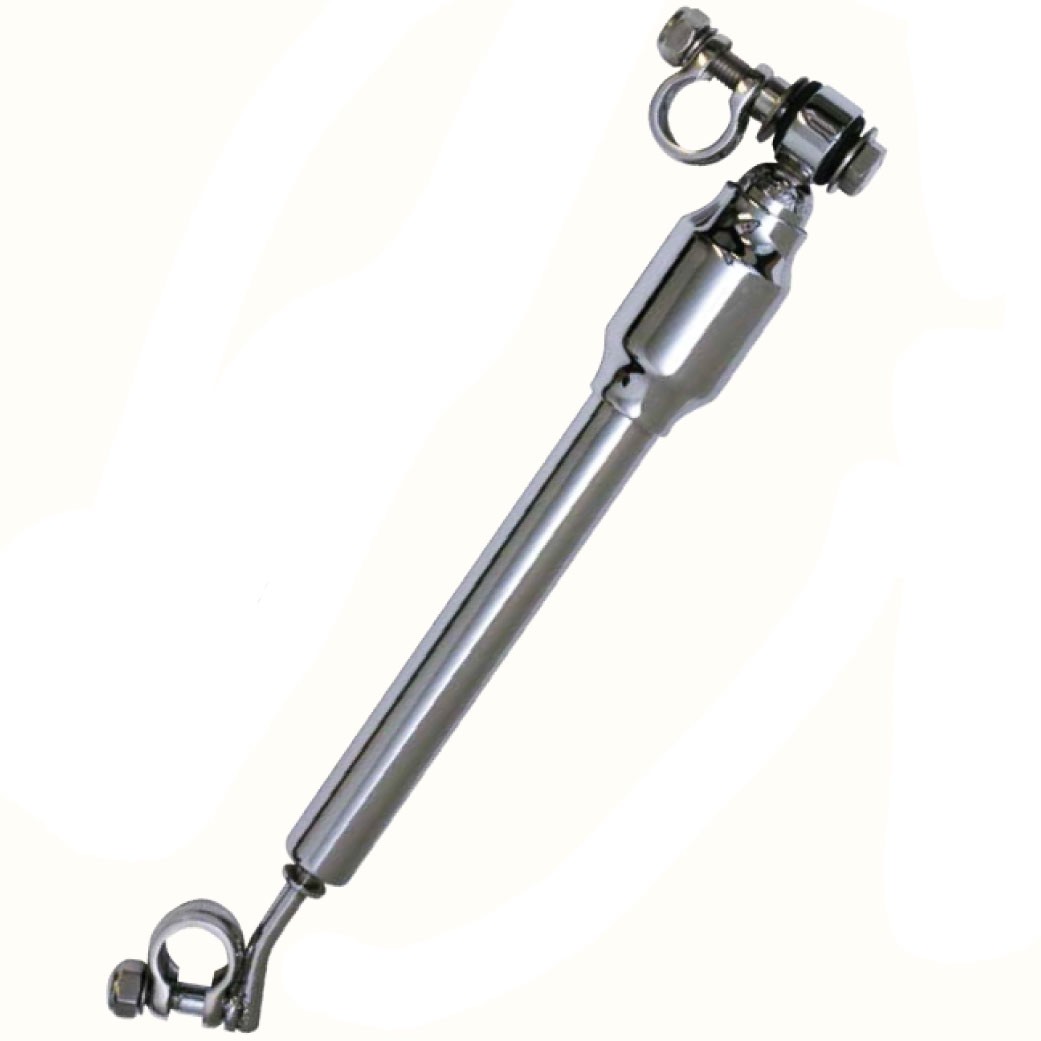

A fundamental goal of the project was to use the developed DAQ system to optimise a small scale wind turbine. This process would concrete the design and construction of the DAQ module by utilizing the experimental measurements obtained in a real life situation. Readings taken would span a wide range of variables, and numerous different electronic and electromechanical transducers would be used to acquire these.
Four key optimisation areas were identified for analysis. It was anticipated that the incorporation of each of these into the sub-optimal design of the SSWT would alter performance, the extent to which being measured by the developed DAQ system. The objective of anaysing performance modifications with the application of mechanical optimisations was to provide a proof of concept for each method, allowing future project groups to target their efforts in further improving performance.

An 18 month design and build process at Strathclyde culminates in the production of optimised carbon fibre blades. These are designed specifically for use with this turbine, and have been manufactured in house using advanced materials and fabrication techniques. Fixation of optimal blades will allow for improved mechanical performance by removing components of structural vibration due to aerodynamic effects.

To improve start-up performance, an aerodynamic dome is applied to the turbine upstream of the generator assembly to build pressure on blade roots. Performance improvements stemming from the reduction of bluff surfaces on the turbine can now be assessed. Application of an aerodynamic dome serves as a proof of concept, and experimental results will be made available for use by future project teams to design and construct a bespoke component.

Temporary guy wires help to restrain the turbine mast under testing, and afford the team an opportunity to assess the enhanced performance of the unit under such conditions. This information is then documented so that future work can investigate a more permanent solution. Application of structural stabilization also allows the µ_DAQ team to demonstrate and assess the performance of the developed DAQ system using the high frequency capture rates required for effective vibration monitoring.

Building on analysis from previous work on the turbine, damping is employed to improve dynamic behavior. High frequency components of vibration are effectively reduced, allowing the team to assess performance enhancements associated with improved dynamic stability. Effective choice of damper allows for a key feature internet to the SSWT’s design – the auto fouling mechanism – to perform unrestricted, whilst unwanted motion is impeded and significantly reduced.
